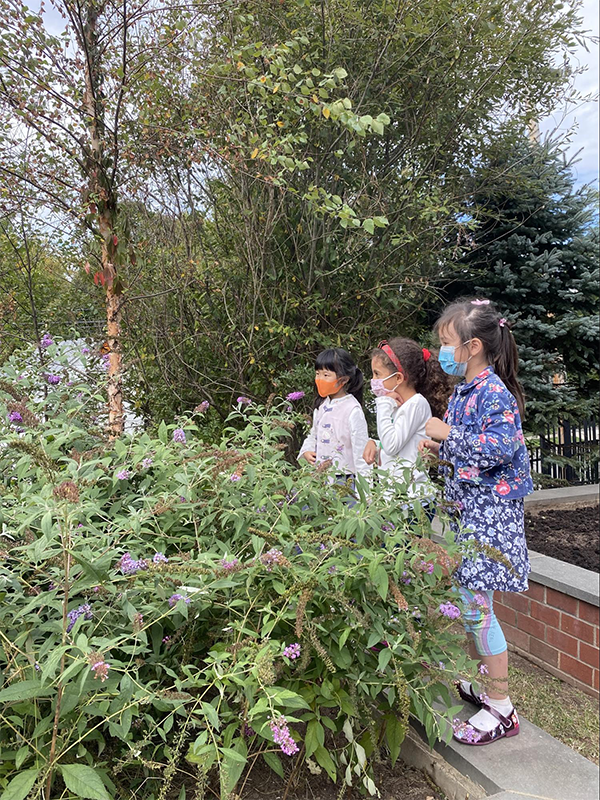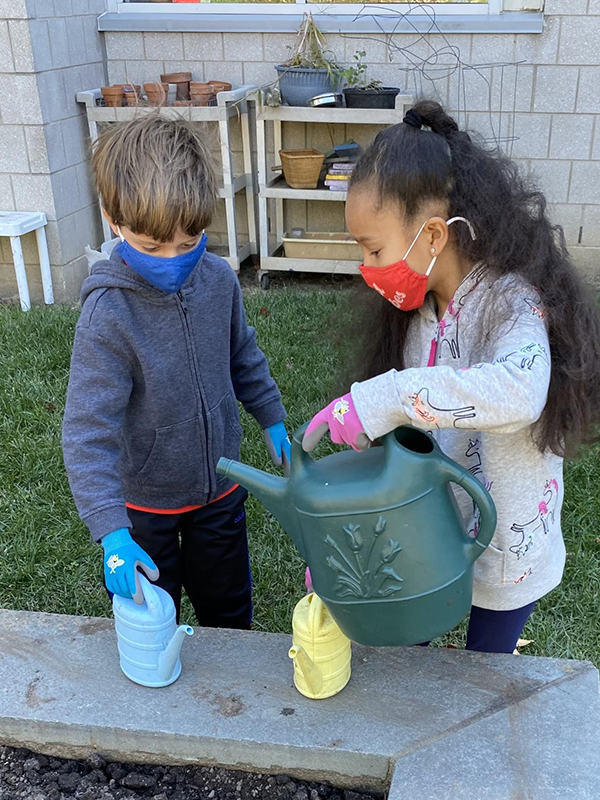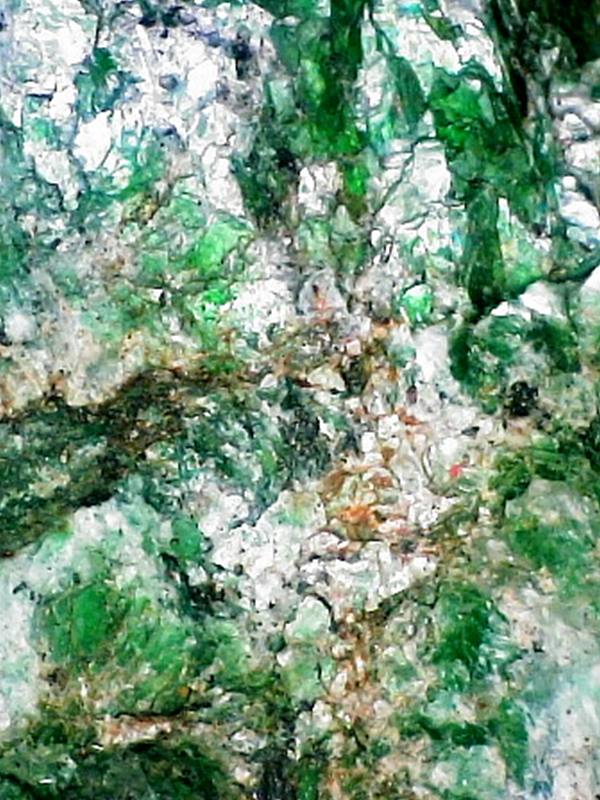First graders began Science this year pondering the question, “What is the world made of?” The first graders now recognize that everything is made of matter and are building an understanding of matter through the properties (Physical and Chemical). They questioned the states of matter, solid, liquid, and gases. They categorized living and nonliving things by external categories, asking questions about objects and organisms. They used simple equipment such as their five senses to observe their surroundings, digital microscope to analyze texture and form hypotheses to classify some physical and chemical properties of matter. Last week, we discussed whether matter can change and had an intense conversation on what happens when you eat a cookie, does the physical property change to chemical because the cookie form has changed? They were able to participate in collaborative conversations with diverse partners about how we see the world through colors and how differences form beauty in our world. The students also experimented with different seed germinations by predicting the growing timeline between a sunflower and a bean seed.
In the next few weeks, first graders will explore how parts of the ecosystem interact. We will be focusing on cause and effect, comparing and contrasting, and making connections of how energy and matter move through ecosystems. The students will be able to choose a partner to collaborate with in conducting an investigation and ecosystem of their choice. We look forward to the end result!
Second graders have grasped the understanding of how all living things on Earth are connected by comparing humans with plants. Both humans and plants need sunlight, water, and food to grow – food for plants being soil. They have put the puzzle pieces together and explained that our Lower School Garden is a system and a community. There are many components that help make our garden system successful, which is the same for our classroom of scientists and learners!
This past week, the on-campus second graders learned about rocks and minerals. They learned how to differentiate the two. Minerals are naturally found, while rocks are formed with multiple minerals. We examined different looking rocks and minerals under a magnifying glass, and took an even closer look through a digital microscope. The second-grade virtual learners took their experiments to the next step by discussing the predicted outcomes of their Seed Germination Experiment. The students brainstormed ideas and came up with a class hypothesis using their knowledge on how seeds grow and their understanding of the different parts of a Lima bean seed.
The first and second graders designed the Lower School garden, and both the on-campus and virtual students adopted a new classroom friend: a Praying Mantis! The students learned about the life cycle of this insect. They even voted on the name Maria for her, after the historically famous entomologist Maria Sibylla Merian.





